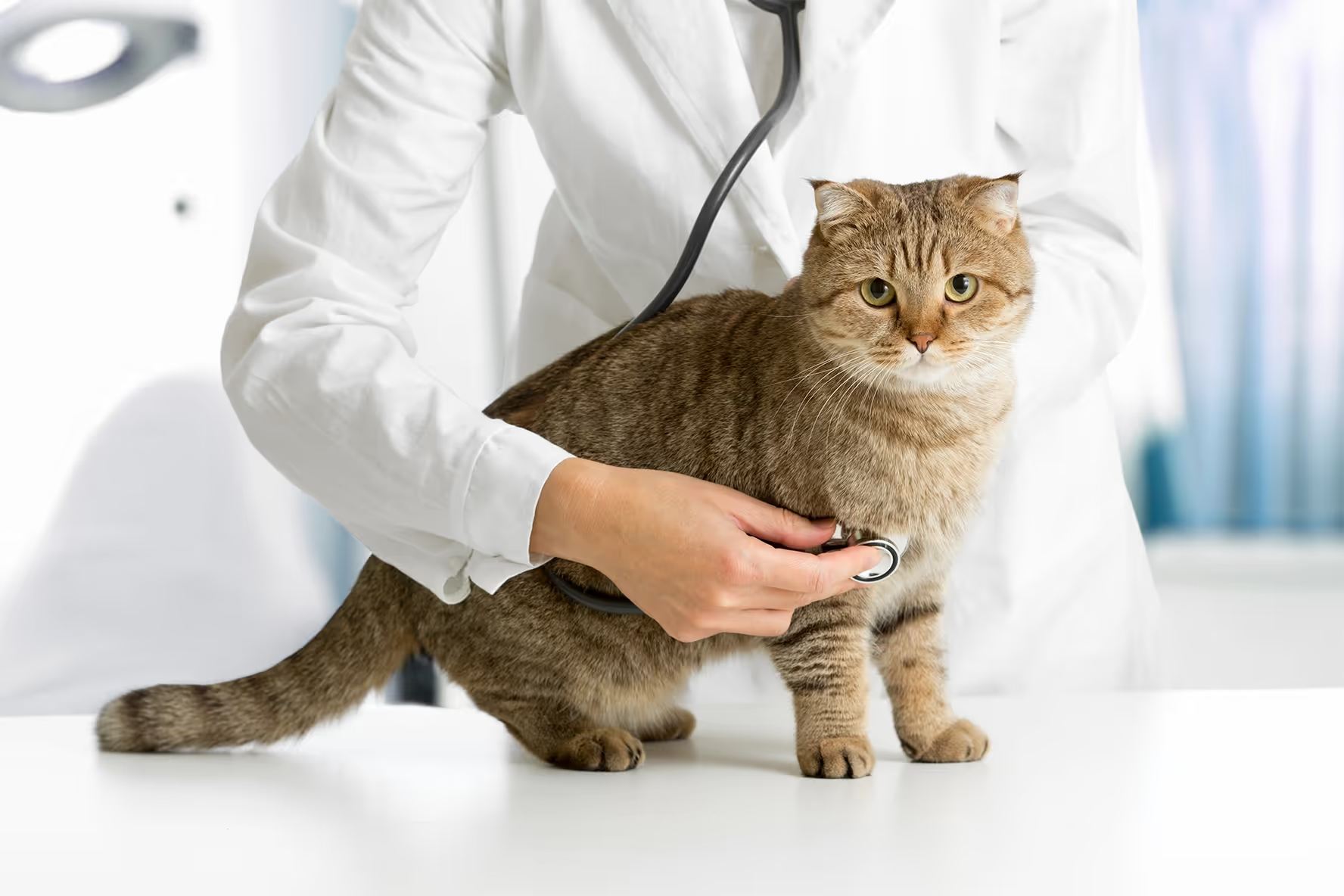
Every minute we have with our dogs is a blessing. They are one of the best creatures to have ever walked the Earth. Knowing that your dog is just a part of your life but that you are their whole world is an unbreakable bond.
Every single dog is important and no one can be replaced. We know that. And in this time of hardship where you may be losing a family member to a hateful sickness, you need all of the support that you can get.
Whether treatment worked and you had your dog for an extra year in remission, or you aren’t sure if treatment is the best option for their first diagnosis, the pain is the same. Every dog that doesn’t make it is another broken heart.
How to know when it’s time?
When your dog has been in remission and thriving and something is suddenly off from normal, it starts to cause some stress. For some pet parents, it may be obvious that the time is coming even before they fully understand why. Their pet didn’t eat the amount they normally would have, they didn’t want to play with their ball, they didn’t sleep well, etc. Just by knowing the habits of their best friends, pet parents will often identify early on that it may be the end of their dog's remission.
There is no “right time” to lose your best friend; there is no time when it feels like it’s going to be okay. But knowing if your pet is starting to relapse is important. Pay attention to the signs that your pet gives you on the day to day; check their lymph nodes to see if there is any swelling. Make sure you spend your time with your pet and appreciate the time that you have with them.¹
If your pet does relapse, you have the option to do another set of treatments, depending on the treatment they originally received and the length of their remission you have a few different options for that treatment. You also have the option to choose no treatment. Talk to your vet about what they think would be right for your pet.
A second remission is possible for a large number of dogs, though the length that a second remission lasts is usually shorter on average than that of a first remission.
It’s impossible to feel confident that you’ve come to the end of your dog’s journey, and after making the call it’s hard to process. We have a resource that may help you through the process of losing a furry loved one here.
When to choose no treatment?
There can be a time when treating your pet for their recently diagnosed, or relapsed, lymphoma may not be an option. For dogs that have relapsed, perhaps they relapsed too soon after their remission started, or maybe they only made it to a partial remission. Maybe you don’t have the funds to do another chemotherapy treatment so soon after the first one.
Whatever the reason, be sure to discuss it with your veterinary oncologist to see what they think the best options are for your pet. There may be a less expensive treatment available if cost is what is holding you back, or perhaps your veterinarian might suggest a treatment that would allow your pet to get back into remission through a rescue protocol. They will be more than happy to work out whatever is causing you stress about treatment in order to get you and your pet into the safest spot.²
What are your options?
When it comes time that you can tell the end is near for your best friend, it is incredibly difficult to plan around the grief that comes with that realization.
To help you feel more confident, find out if your vet has access to ImpriMed’s Chemo Response Prediction. Once this test is run on your pet’s cancer cells, we will be able to tell you and your vet what their remission will look like (Even if it’s not their first treatment).
There are a few options for when a relapse comes around after remission, as well as for their first diagnosis if treatment isn’t in the cards for you and your pet.
Palliative care
Similar to Hospice care in that they both give the patient comfort, palliative care is designed to help patients—both going through treatments and those who aren’t—to be as comfortable as possible through their journey.
Palliative care may be a good option if you aren’t sure how well treatment will go after the pet’s first or second remission has ended. The care will allow you to be sure that your pet is in the least amount of pain possible as they go through treatment again.
If you choose to forgo treatment, palliative care allows your pet to continue to comfortably experience life as they slowly make their way to that rainbow bridge and pass on.³
Steroids can be a great option for pet parents who chose to go the palliative route because they can help manage and mitigate some of the symptoms that would be affecting your pet, without putting too much financial strain on you through the process. We have more information on how steroids can be helpful in our post here.
Euthanasia
If your dog is in pain that cannot be soothed or is responding poorly to the medicine of their treatment plan, it may be time to consider the hardest option.
Putting down a dog has never been an easy decision to make, and it will never get any easier. It’s hard to trust that sometimes it can truly be the best option for your pet. We would never want a dog to suffer and that is the hardest part of having an incurable cancer like lymphoma. Lymphoma never truly leaves the body and will always pose the threat that it might come back.⁴
Sometimes there is nothing that can be done. Lymphoma works through the body’s immune system, which is designed to learn how to attack various threats to the body. The Lymphoma cells are using the immune system’s talents to attack and combat against the medicines that are given to kill the cancerous cells. It’s a battle that can’t be won at that point.
Some dogs are still able to pass on comfortably and naturally when the medicine doesn’t work anymore. A few dogs don’t experience physical symptoms that would cause them pain, which can make it more humane to put them down. Make sure to talk to your vet when starting to consider euthanasia as an option for your pet. If your pet isn’t in any pain, you may not have to rush it.
It is not an easy decision to make at the end.
There will never be a time when having a beloved pet get sick will not be a terrible thing. There will never be a time when it doesn’t deserve the space to mourn, and understand that you are the only one fighting for your pet. You have to make the best decision for them, and that is a heavy burden to bear.
You are a good dog parent, whichever route you choose. You are doing what is best for your pet and we know that. It’s going to be hard for a while—when you lose a family member it’s hard to adjust. Don’t let anyone rush you, in making a decision or in processing your grief. We understand that it is a monumental decision to make, and one that will be with you for longer than you may like it to.
We support you. You are a great dog parent and your pet knows that. They couldn't have asked for a more compassionate owner, and whichever route you choose, they will understand that you are doing what you think is best—and will love you for it.


